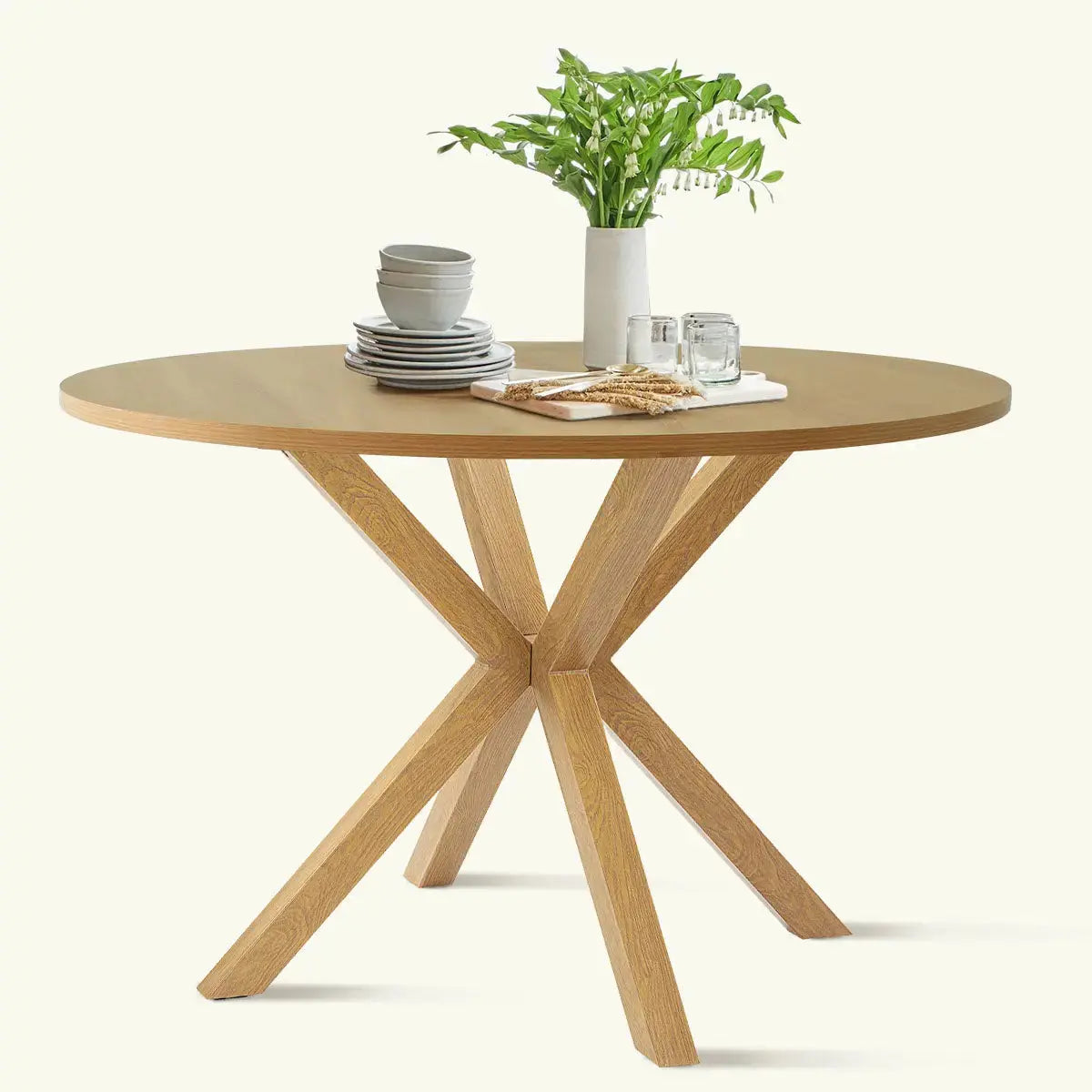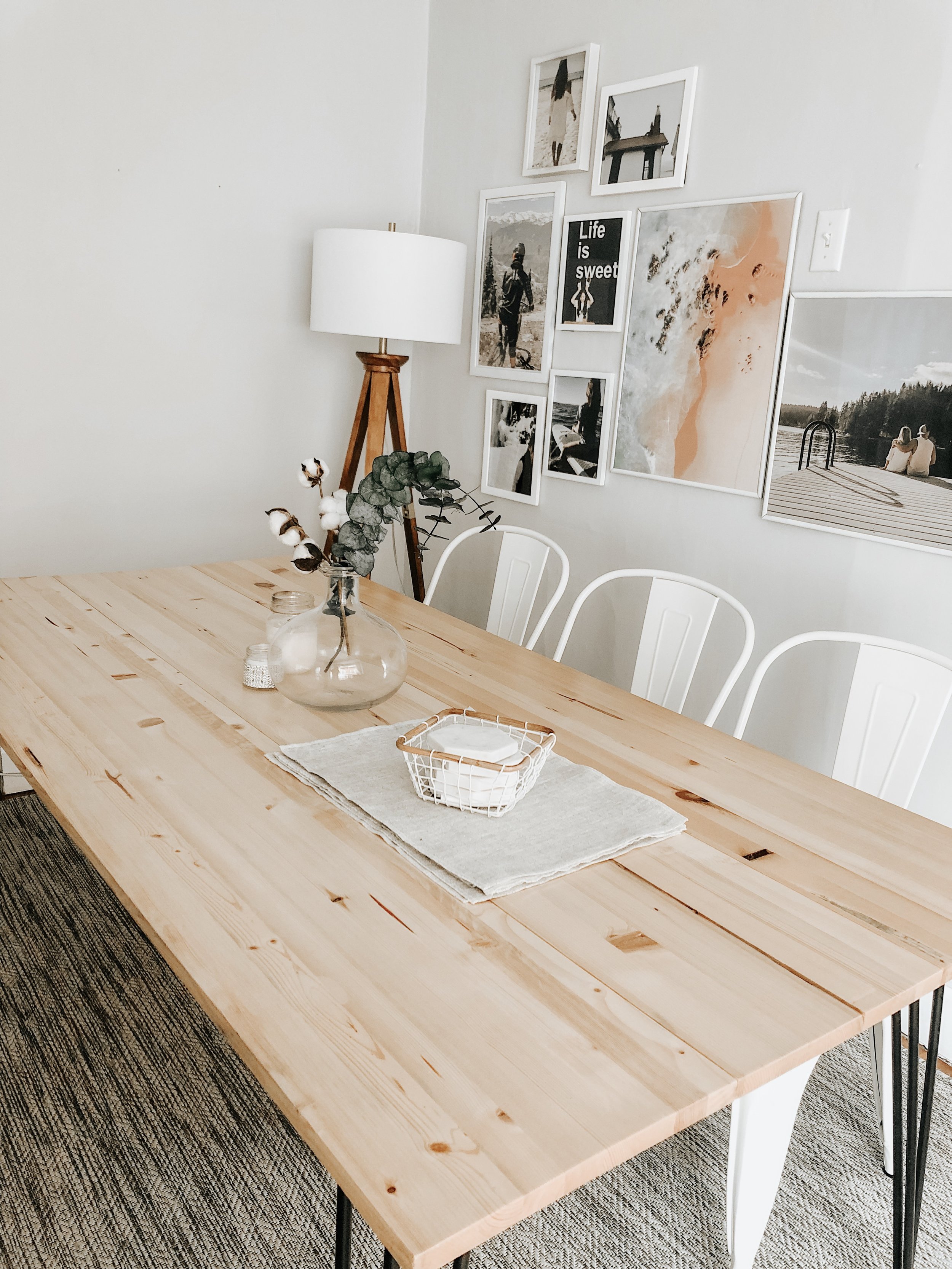Enhance Your Dining Room with Unique and Modern Dining Room Table Legs
Wiki Article
How to Choose the Perfect Eating Space Table Legs for Your Home Design
Selecting the ideal dining area table legs is a nuanced procedure that requires mindful consideration of various elements, including your area restraints, visual choices, and functional requirements. The interaction between designs, dimensions, and products can considerably influence the setting of your eating area, making it important to approach this decision methodically.Assess Your Eating Space
Assessing your dining room is critical for picking the right table legs that match both aesthetics and capability. Begin by measuring the measurements of your eating area, consisting of ceiling height, floor area, and closeness to other furniture. This information will help figure out the suitable size and elevation of your table, which directly influences the option of table legs.Next, consider the design and format of your dining area. An open-concept design may benefit from table legs that provide visual lightness, such as slender steel or acrylic options. Conversely, an extra traditional setting could require sturdy wood legs that provide a sense of durability.
Assess the existing color palette and materials in your eating area. Harmonizing the table legs with these elements produces a natural appearance that boosts the general decor.
Eventually, an extensive analysis of your dining area will guide you in making an educated decision, making sure that your table legs not only enhance the aesthetic appeal but likewise serve sensible objectives.
Consider Your Style Preferences
When selecting eating space table legs, it is important to assess your individual design preferences, as they dramatically influence the overall visual of your eating room. Your selection of table legs can either enhance or contrast with existing décor, making it crucial to align them with your preferred interior decoration style.If your home leans in the direction of a contemporary visual, consider sleek metal or minimal wooden legs that supply a clean, uncluttered appearance. For a more traditional approach, elaborate wood legs with complex carvings can include a touch of sophistication and class. Industrial styles gain from durable, resources such as reclaimed timber and steel combinations, showing a sturdy appeal.
In addition, farmhouse and rustic styles usually prefer durable, chunky legs that stimulate a sense of warmth and comfort. Alternatively, if your design is eclectic, you may select unique shapes or a mix of products to create aesthetic rate of interest.

Evaluate Product Options
The option of product for eating area table legs plays a critical role in both toughness and aesthetic appeal. Common materials include timber, metal, and composite alternatives, each offering distinctive characteristics that can influence the overall appearance and long life of your table.Timber is a timeless choice, understood for its warmth and versatility. Hardwoods like oak and walnut give exceptional toughness and can be finished in various stains to match any kind of design. However, softwoods like ache are more susceptible to dents and scrapes, making them much less excellent for high-traffic locations.
Metal legs, typically crafted from steel or light weight aluminum, emanate modernity and commercial beauty. They are resistant and highly durable to wear, making them ideal for families with children or regular celebrations (dining room table legs). In addition, metal can be completed in various shades, boosting the modification possibilities
Composite materials, such as MDF or laminate, deal price and varied designs. While generally much less resilient than solid timber or steel, they can still offer a trendy look and are often easy to keep.
Eventually, the product you choose need to straighten with your way of life, aesthetic preferences, and the level of usage your dining table will certainly experience.
Determine Elevation and Dimension
Selecting the suitable height and size for your dining-room table is important for both performance and comfort. The conventional height for dining tables normally ranges from 28 to 30 inches, allowing sufficient legroom for most individuals when seated. Nonetheless, it is essential to take into consideration the dimensions of your dining room and the types of chairs you prepare visit site to utilize.
Moreover, take into consideration the proportions of your dining-room. A larger table in a roomy area can develop a grand atmosphere, while a smaller table functions well in even more intimate settings. Inevitably, the right height and dimension will harmonize with your general decoration and boost the eating experience for you and your visitors.
Explore Modification Possibilities

In addition, the style of the legs can be customized to fit different designs, such as rustic, contemporary, or commercial. For example, tapered legs can stimulate a mid-century modern-day feel, while chunky, block-style legs may resonate with typical or farmhouse decoration.
House owners can likewise discover shade coatings, from all-natural wood discolorations to paint, allowing them to match or contrast with the tabletop and surrounding decoration.
Furthermore, leg height can be adapted to accommodate certain seating plans or individual choices, boosting both convenience and capability.
Finally, special decorations, such as makings or ornamental brackets, can better customize the table legs, making the Continue dining experience not just a declaration yet a dish piece in the home. By considering these modification alternatives, home owners can produce a dining-room table that really mirrors their uniqueness.
Conclusion
Choosing the ideal dining-room table legs needs careful factor to consider of different elements, including the measurements of the dining area, style preferences, material durability, and wanted elevation. Customization choices even more improve the capacity to attain a natural aesthetic that matches the overall design. By methodically reviewing these aspects, home owners can ensure that the selected table legs not only fulfill useful needs but additionally add positively to the dining experience and atmosphere of the home.Picking the suitable eating space table legs is a nuanced process that requires cautious consideration of different aspects, including your area restrictions, visual preferences, and useful needs.Evaluating your eating room is critical for choosing the right table legs that enhance both aesthetic appeals and capability.When determining dimension, measure the location where the table will be positioned to ensure it fits conveniently, allowing for at the very least 36 inches of clearance around the table for easy movement. A larger table in a spacious area can produce a grand atmosphere, while a smaller sized table works well in even more intimate setups.Picking the excellent eating area table legs requires mindful consideration of various factors, consisting of the dimensions of the dining room, design choices, product durability, and desired elevation.
Report this wiki page